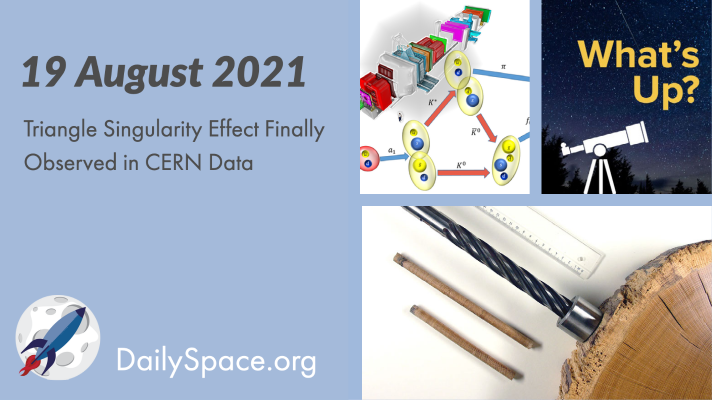
Aug 20, 2021 | Climate Change, Daily Space, Earth, JAXA, Jupiter, Mars, Milky Way, Observatories, Physics, Sky Watching, The Sun
We’re talking about particle physics today! An effect called the “triangle singularity” has been observed, and it describes how particles change identities by exchanging quarks. Plus, climate change news, and in this week’s What’s Up, Jupiter is at opposition.
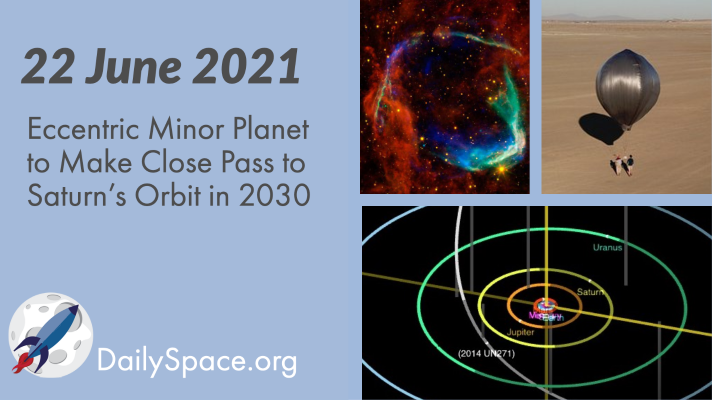
Jun 23, 2021 | Agencies, Comets, Daily Space, Earth, Jupiter, Milky Way, Our Solar System, Physics, Venus
Minor planet 2014 UN271, discovered in data collected by the Dark Energy Survey, is set to make a close pass to Saturn’s orbit at the end of the decade, giving astronomers a chance to observe a rare trans-Neptunian object from up close…ish. Plus, Venus, Jupiter, the Milky Way, and an invisible galactic structure discovered quite by accident.
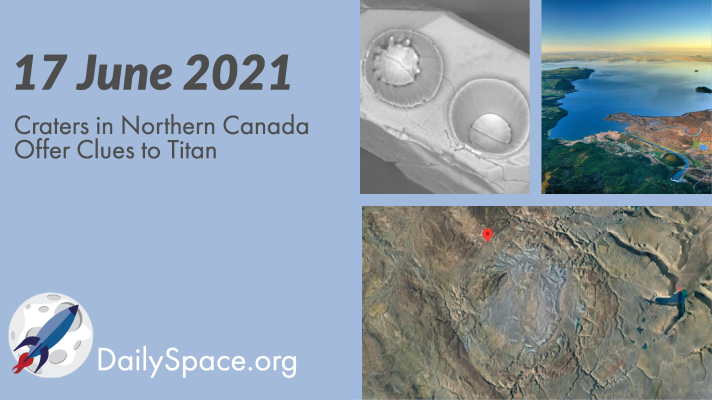
Jun 18, 2021 | Daily Space, Dark Matter, Earth, Galaxies, Milky Way, Stars, Titan
New research presented at the Workshop on Terrestrial Analogs for Planetary Exploration used the Haughton impact crater in Arctic Canada as a potential analog for impact craters on Titan, one of the targets of the upcoming Dragonfly mission. Plus, giant spinning structures, the slowing of the Milky Way, a blinking star, and volcanoes here on Earth.
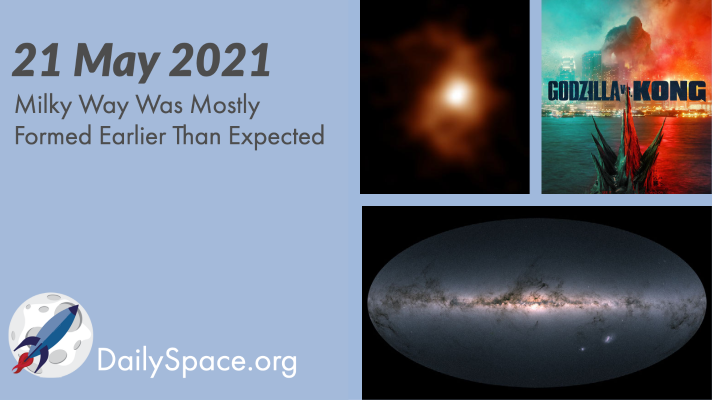
May 24, 2021 | Astrobiology, Climate Change, Comets, Daily Space, Earth, Fast Radio Bursts, Galaxies, Milky Way, Moon, Review, The Sun
New research shows that our galaxy was already in place prior to a major collision with a dwarf galaxy ten billion years ago. Plus, meteor showers, fast radio bursts, tardigrades, climate change, and a science review of Godzilla vs. Kong. No. Really!
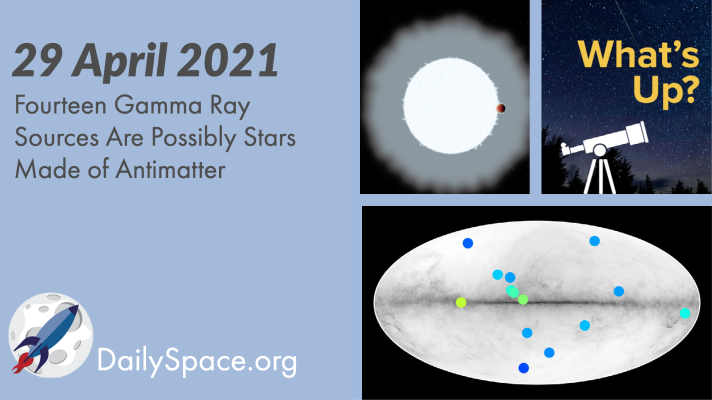
Apr 30, 2021 | Asteroids, Daily Space, Exoplanets, Mars, Milky Way, Moon, Sky Watching, Stars
Gamma rays given off by fourteen different sources in our sky could be a sign of the existence of antistars, leading to the potential for breaking the standard cosmological model. Plus, nano dust, the HI-SEAS experiment, hydroxyl at an exoplanet, and this week’s What’s Up.
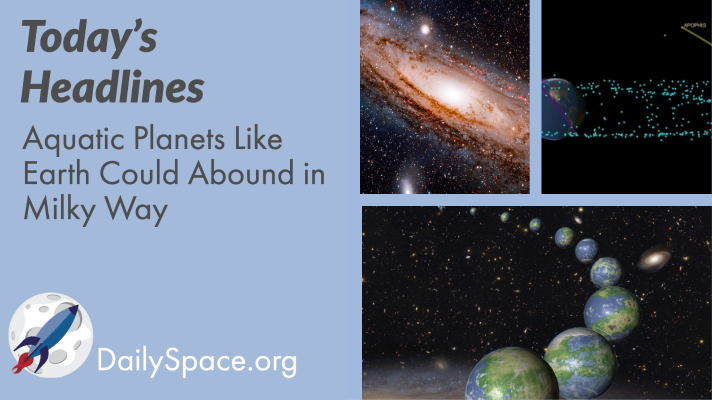
Mar 14, 2021 | Asteroids, Comets, Daily Space, Earth, Exoplanets, Galaxies, Mars 2020, Milky Way, Perseverance, Planets
A new study examines the formation of rocky worlds from dust particles containing ice and carbon, increasing the possibility that our own Milky Way galaxy could be filled with aquatic planets similar to Earth. Plus, a simulation of the Milky Way-Andromeda collision and an overview of asteroid Apophis.








 We record most shows live, on Twitch. Follow us today to get alerts when we go live.
We record most shows live, on Twitch. Follow us today to get alerts when we go live.